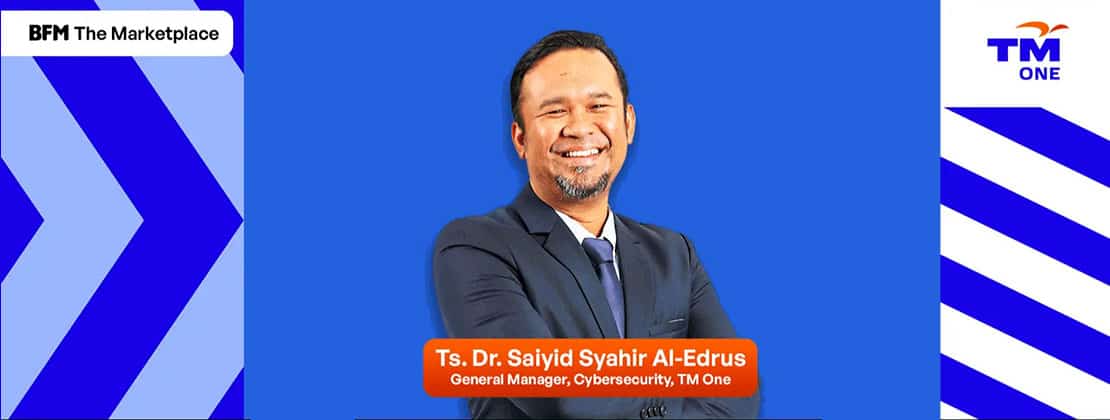
Since 2020, research firm Twimbit has run its annual benchmark on The World’s Top 10 Companies to Ace Digital Transformation. In studying thousands of global companies and their digital transformation stories, the firm gained a clearer picture of how business leaders approach this endeavour – where to start, why transform, and what it takes to succeed.
The learnings can be distilled into a five (5) point checklist for every company to follow:
Every digital transformation initiative starts with a purpose. Each company on the benchmark list for the past two (2) years has been vocal and clear about its purpose. They have adapted their purpose statement to address the needs of the changing global landscape. It goes beyond just shareholder wealth maximisation to embracing a wider set of stakeholders – including employees, customers, partners, and the planet. Effective communication of this purpose to stakeholders is key to the success of any transformation initiative. Case study: Microsoft CEO Satya Nadella unveiled a new mission statement a few months into his new role: “To empower every person and every organisation on the planet to achieve more”. This mission has driven many of the changes taking place in the company and set the tone for the company’s new culture.
Tighter technology integration enables new business models, viz., Pay-As-You-Go, Platform-As-A-Service, Personalisation, Direct-to-Consumer, Data Monetisation, and many more. Companies are reimagining customers’ journey to unlock value and focus on the delivery of outcomes rather than the sale of products and services. Collaboration and partnerships are emerging as critical building blocks of this new era of business model innovation. Case study: Adobe was one of the first software companies to transition from the perpetual licensing model to the Product-as-a-Service model, unlocking an exponential growth curve for the company since 2011.
Having a great organisational culture is about being connected to a greater mission. Millennials and Gen Zs are attracted to the risk-taking agility of start-ups and global tech giants since they see these businesses as an extension of themselves in connecting to communities with an overarching purpose. Apart from driving a cultural shift, upskilling existing teams and workforce planning to meet the needs of these new digital roadmaps are just as important. This is the toughest aspect of the five (5)-point checklist and requires the most attention from the leadership teams. Case study: Denmark-based Orsted, formerly known as DONG Energy, transformed from selling coal-based heat and power to a global renewable energy major, achieving its target 21 years ahead of schedule. It formulated a “one company” approach to focus on talent and digital to break organisational silos and build a new operating model.
Executing a digital transformation roadmap requires significant new capabilities and infrastructure in terms of technology platforms and talent. Competitive intensity does not provide companies with the luxury of time to do this organically. This is why the world’s best organisations consistently acquire companies to support their digital growth aspirations. Case study: Disney acquired streaming media company BAMTech, which is now the foundational technology framework behind Disney+.
Finally, top companies understand the power of simplicity and focus, which involve three (3) key attributes:
a. Flat organisational structure – The organisation design is fitter, flatter, and faster at taking advantage of changing market conditions.
b. Treat talent scarcer than capital – Talent, especially technology talent, must be fully aligned with the value agenda.
c. Bottom-up decisionn making – Operational decisions require delegation and data insights. C-suite teams should lead in strategic decision-making tied to the overall value agenda.
Case study: DBS Singapore’s CEO required 300 employees to own a customer or employee journey as part of their KPI. This enabled everyone in the organisation to play a role in delivering true end-to-end customer experiences.
Digital transformation is not a one-off event or isolated effort. It is an ongoing journey that needs a strong management team and partnerships with a multitude of industry participants to realise its far-reaching benefits.